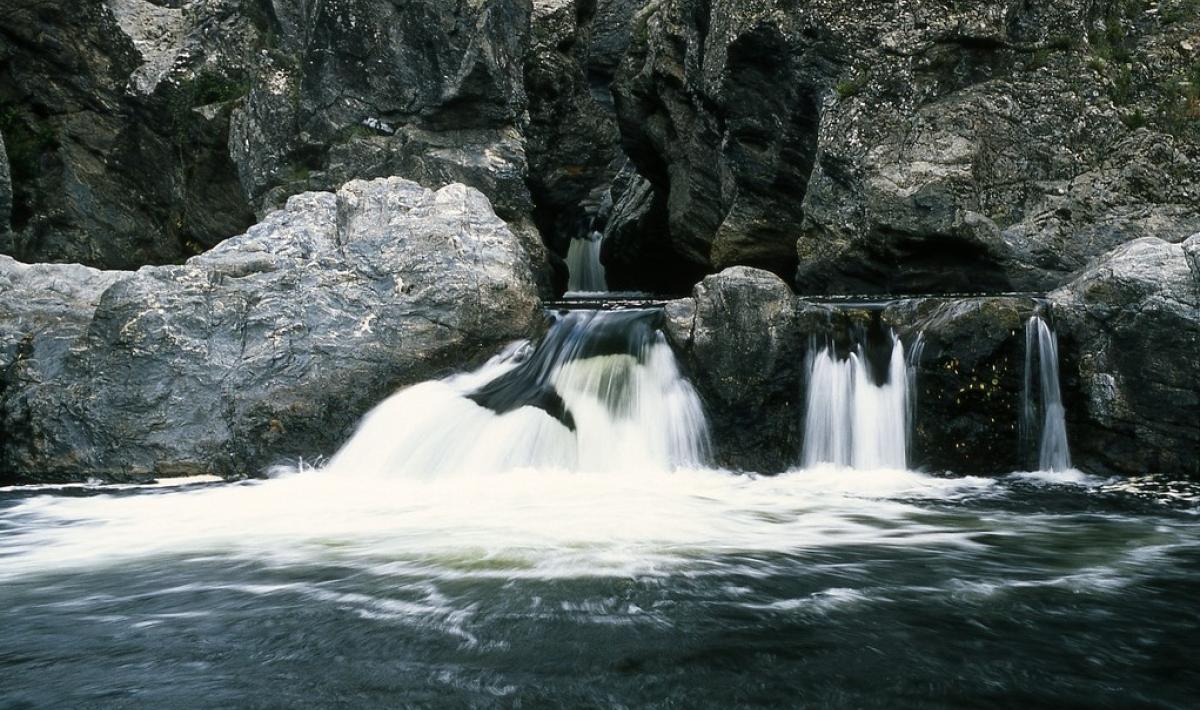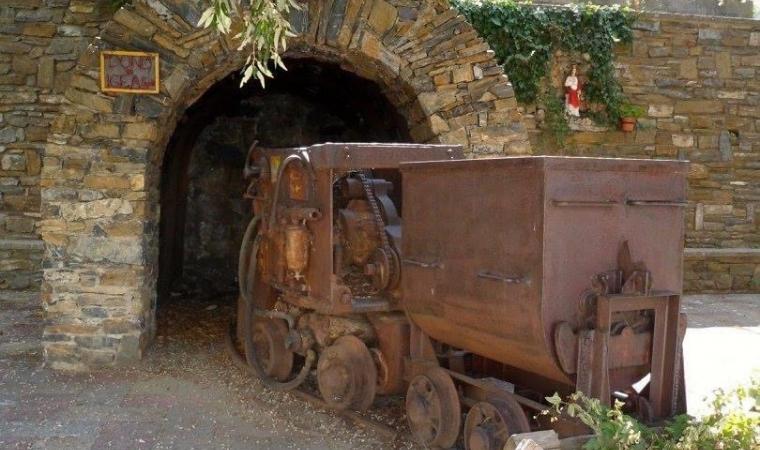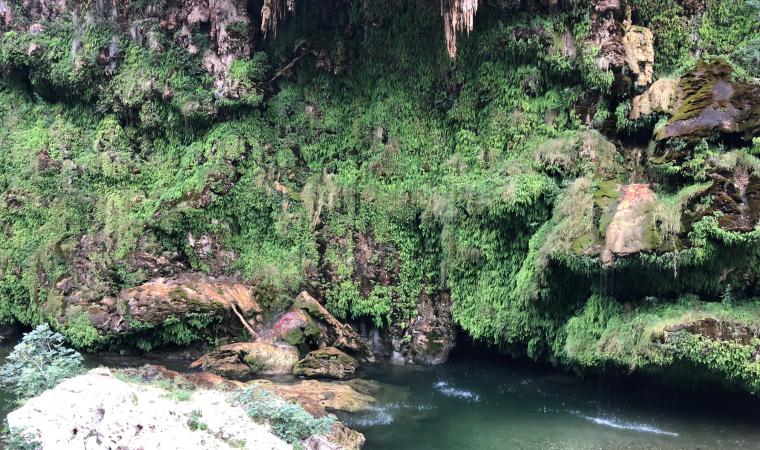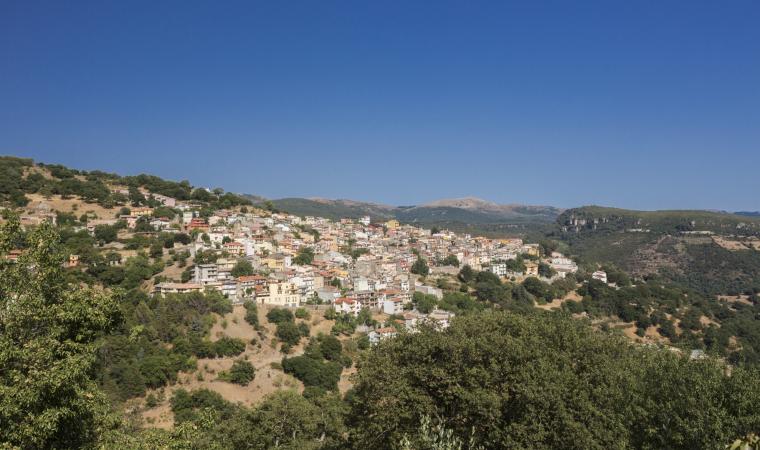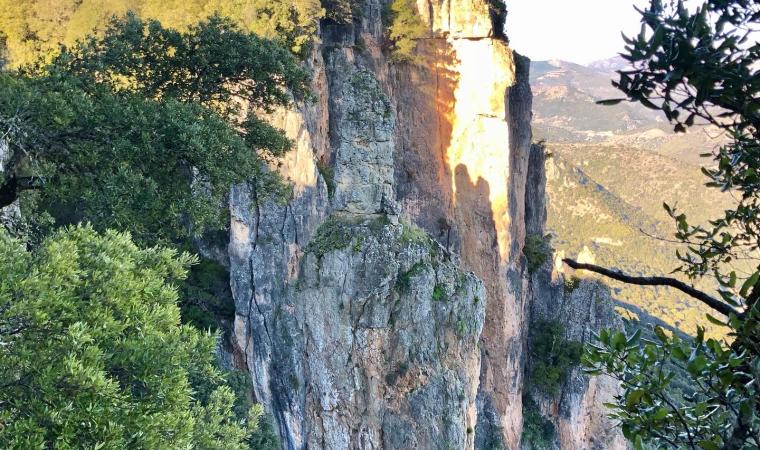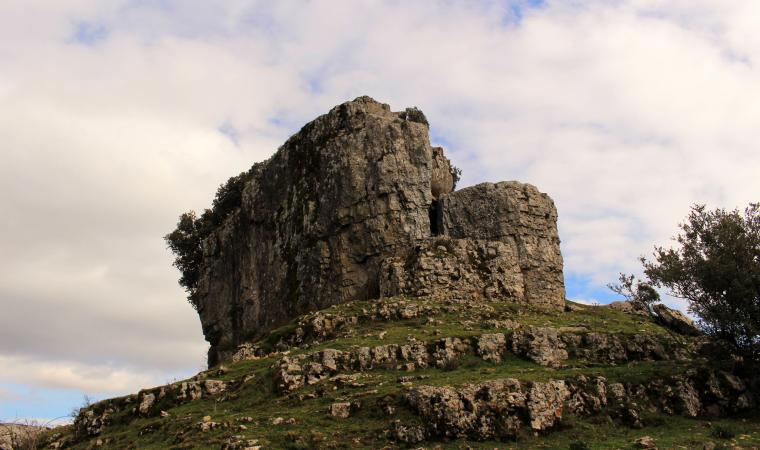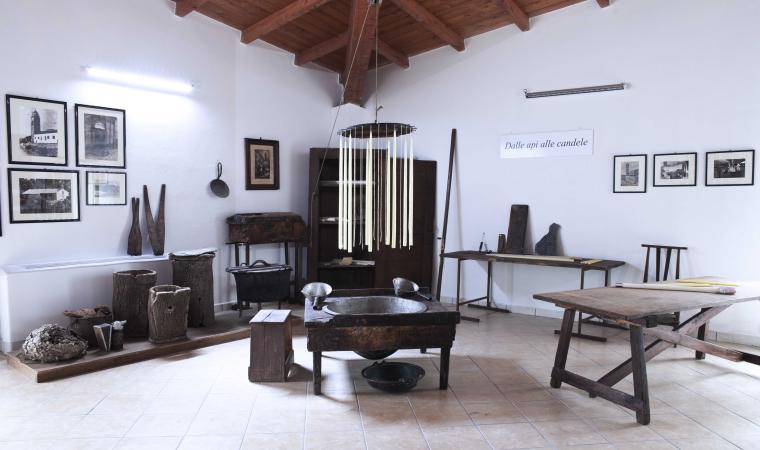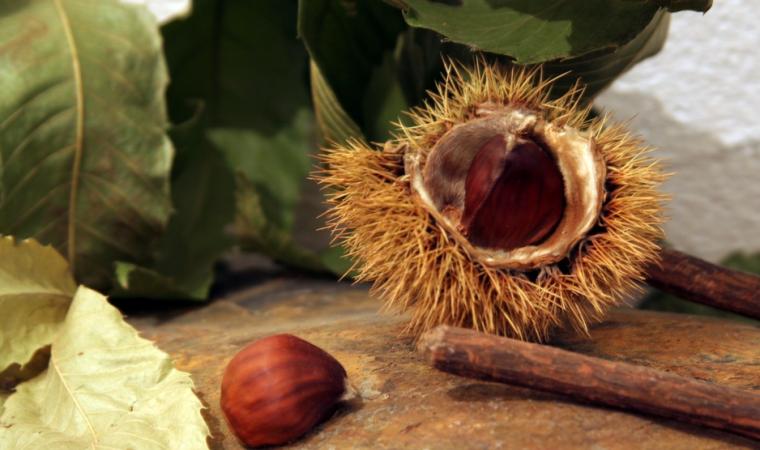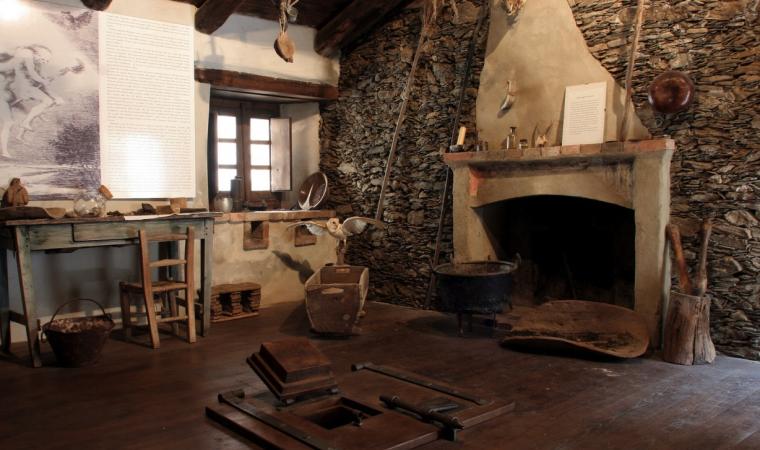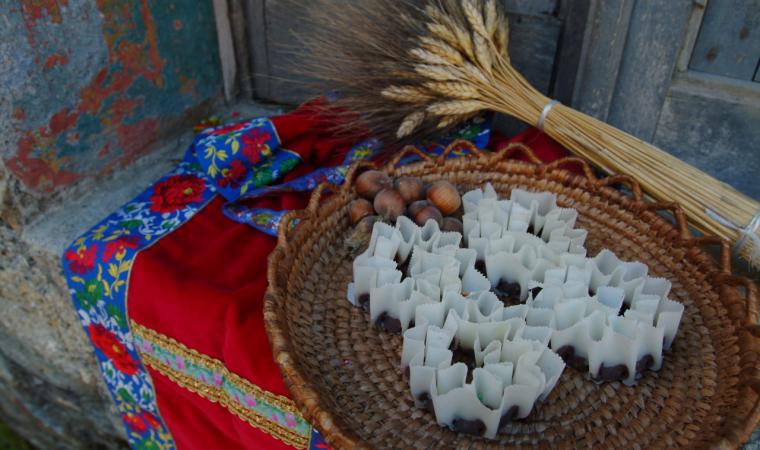The Flumendosa river offers landscapes of incomparable beauty, in a succession of water displays that create surprising effects. In one of the wildest stretches of its course, in the locality of Pabani, on the border between the territories of Seulo and Gadoni, the rocks, modelled and excavated by millennia of the constant and swirling flow of the river, form large pools from which coloured waters flow, in tones of emerald green, just like three circular swimming pools placed on different levels and joined by small waterfalls. These are the pools of is Caddaias, a complex of three ponds on three levels, and named because the shape of the tanks recalls is caddargius, large basins (or pots) used by shepherds to curdle cheese.
The itinerary to admire this unforgettable display starts from the 110 metre-high panoramic bridge between Seulo and Gadoni, which joins the two steep slopes of the deep and narrow gorge dug by the loop of the Flumendosa. From this vantage point you can admire various other natural beauties, such as the Arredelusu pools. After the bridge, you will follow an old dirt road down into the green valley. The environment is wild: lush forests precipitate darkly down to the banks of the river. After parking the car near the old iron bridge, you will begin the trail for is Caddaias, about three kilometres long with a 200 metre altitude variation. It will take you easily - but pay attention to the slipperiness of the rocks during rainy periods - to the centre of the gorge. First, you will "land" on a sandy beach, where you can take a refreshing dip after the walk. Then the exploration starts from the pool further upstream; to get there you pass through narrow, cobbled lanes that create a road with an almost flat bottom. You will be facing imposing vertical rock walls, vaguely reminiscent of the exedra (front) of a Giants' tomb. Just beyond the waterfall, you will discover another canyon, much wider and with deeper water, from which the jet of water originates. On the opposite bank, strange concentric cavities are dug out, generated by large round boulders swirled by the fury of the flood waters: slowly they have eroded the rock to form the cavities. Following the course of the canyon further upstream, you will notice a picturesque rock mass at the centre of the basin: the elongated shape resembles the head of a crocodile.
The mountain in the background and the white rocky ridges are reflected in the third lake with calm and green waters. Peace and silence reign.
The river goes further downstream with other pools and waterfalls, such as Piscina 'e Licona and sa Stiddiosa , where the water precipitates with a dense dripping in winter and quiet in summer, amid limestones covered with plant essences on one side and smooth and rounded schists on the other. Driving along the high Flumendosa valley, set among green and steep slopes, you can make other exciting excursions. Inside the forest of Addolì, you will discover caves inhabited in prehistoric times, such as Omu 'e Janas, with a wide and high hall of stalactites and stalagmites. The most famous and distinctive monument is on Stampu 'e Su Turrunu, on the border between Seulo and Sadali: a' waterscape composed of a swallow hole, cave and fount with a waterfall and a pond. Water and wind have come to life by modelling the contours of s'Arcu 'e on cuaddu, a natural dolmen, under which a domus de Janas has been excavated.
Another show not to be missed with the first warm spring: the slopes of Mount Perdèdu, on which Seulo rises up, are coloured with red and yellow peonies. It is no coincidence that the pleasant and hospitable village is called de s'orrosa 'e padenti (rose of the forest), flower prince of Gennargentu.

